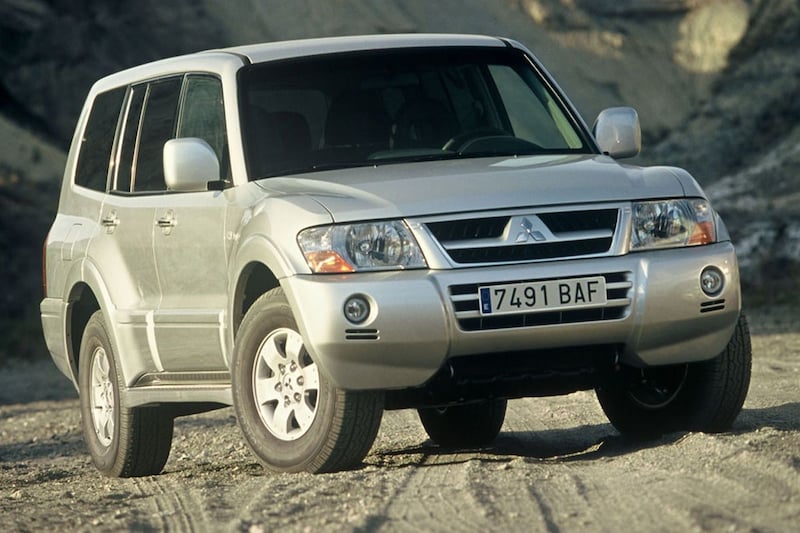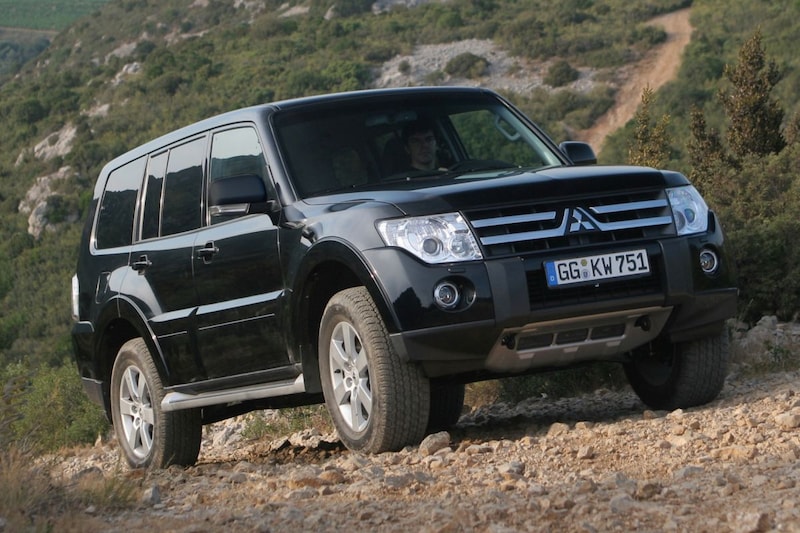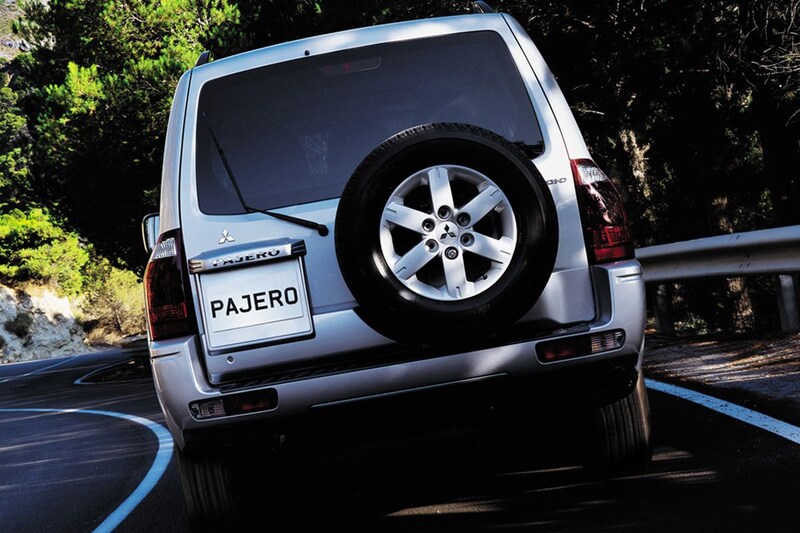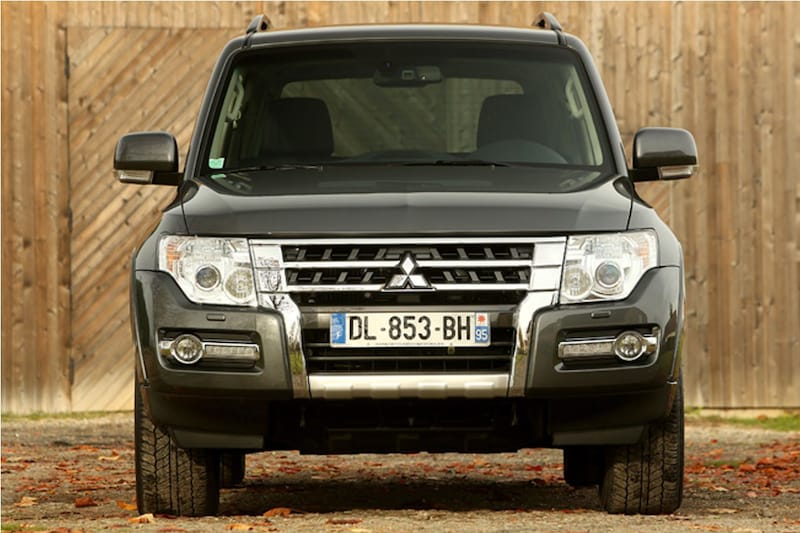Not so long ago, the Japanese terrain executioner was also an ideal and relatively popular workhorse in the Netherlands. In addition to the Toyota Land Cruiser and Nissan Patrol, we also knew the Mitsubishi Pajero, which received such a major facelift in 2006 that Mitsubishi itself spoke of a new generation. We do not.
De Pajero appeared in the early 1980s and would eventually become a fairly well-known appearance in the Netherlands. Market vendors, horse enthusiasts and boatyards quickly learned that a Japanese terrain executioner, not to be confused with today’s ‘soft’ SUV, is a reliable and robust workhorse. Pajeros, Land Cruisers and Patrols therefore pulled the heaviest carts through the country for years, but now only the Toyota is left in this category.
bol
Whether that’s a bad thing, we’d like to save for another moment. Today we focus on the third generation of the Pajero, which appeared on the market in 1999. The car was given the convex lines that were just common at the time. Yet he also looked very tough. The enormously knocked-out wheel arches in particular contribute to this, but the unyielding-looking nose is also very nice. De Pajero, which in Spanish-speaking countries by the way for understandable reasons called differently, like its predecessors, carries a large spare wheel on its back, accompanied on the left by a square license plate. Besides the five-door shown here, there is also a shorter three-door variant, which goes even further in the terrain than its longer brother.
Everything different
In 2006 it is time for what Mitsubishi calls the fourth generation of the Pajero. In fact, however, it is a very extensive facelift, or a ‘reskin’ if you will. The basis is the same, which is apparent from the preserved side windows and the recognizable roof. Below the window line, however, almost everything visible is different. That doesn’t stop with the new and much tighter nose, but we also find it on the flanks. The Pajero from after 2006 also has huge wheel arches, but they are shaped differently. Take a good look at the photos: where the rear wheel arches in the original fan out wide beyond the taillight, after 2006 the widening is limited to the area immediately around the wheels.
symmetrical
The back is just like the front a lot tighter than with the original edition. The light units next to the side opening rear door are now white in color and functional for the first time, where the earlier edition had tail lights in the bumper. The rear door itself is completely new and more symmetrical, thanks in part to a center-replaced spare wheel. The license plate is therefore forced to move to a place in the middle of that wheel, on a cover plate specially developed for that purpose.
– Thanks for information from Autoweek.nl








